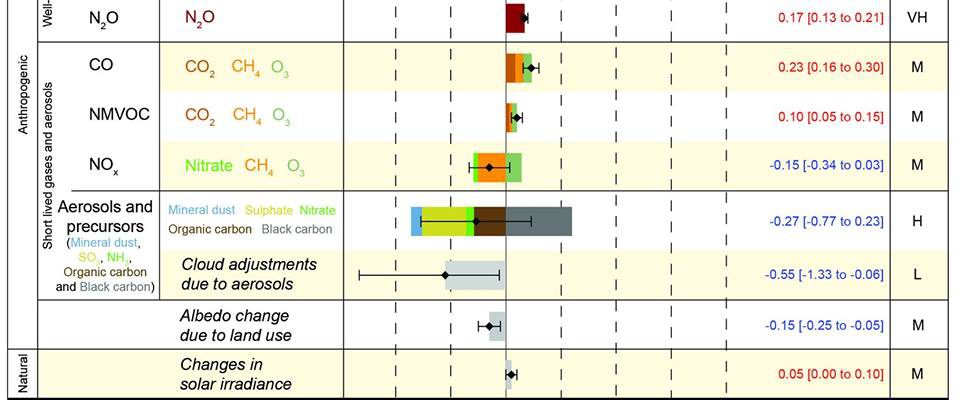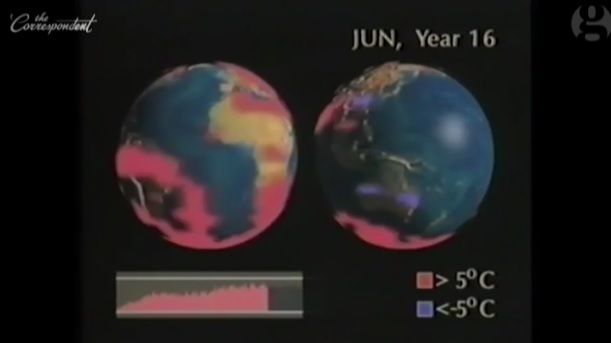Climate science
-

Did you wake up this morning already feeling behind? The loss of an hour last night probably contributed to that. Dr. Marshall Shepherd has an interesting post at Forbes.com today about Daylight Saving Time. You can read it here. I used to be more concerned about it when I worked in Wisconsin and was doing…
-

While here in the Southeast we have been experiencing an extremely warm winter, in the Pacific Northwest they are experiencing one of the coldest and wettest winters in at least 30 years. For younger folk born after 1985, it is the coldest winter they have ever experienced. Cliff Mass has produced a blog post which…
-

For at least the last 150 years, scientists have known that carbon dioxide gas is the primary source of warming in the earth’s atmosphere. Having some carbon dioxide in the atmosphere allows the temperature range on the surface of the earth to be suitable for life. But having higher amounts of carbon dioxide in the…
-

Some of you may have heard of the Shell Oil video on climate change that was produced in 1991, showing the dangers of continuing use of fossil fuels. You can view a copy of it here. Note that this version has been annotated by The Guardian to highlight what has changed in the years since…
-

Reuters and other news agencies noted that an Argentine research station on the northern tip of the Antarctic peninsula set a new continental record high of 63.5 F on March 24, 2015, but said that the data was not officially recognized until it was recently reviewed, according to the World Meteorological Organization. The heat record for…
-

From my Facebook feed from Marshall Shepherd: “Here is one of many examples of how warming winters and earlier warming impact you. UGA geology professor Steven Holland has been tracking emergence of pollen in Athens since 2013. Note that it has gotten earlier and earlier. Already appearing in Feb 2017. Geez. Now, we cannot draw…
-

Okay, I admit it. I put this in the blog partly just because this little guy is so cute. But the story that NOAA tells about packrats like this one is important because it shows one way that climatologists determine what the climate was like as much as ten thousand years ago. Packrats, NOAA tells…